How can military robots REALLY affect us?
In recent years, the development of military robots in combat has sparked a lot of general debate, igniting questions about ethics and risks within warfare.
These innovative technologies, designed to assist and even replace human soldiers on the battlefield, raise profound moral quandaries. As we delve into this tricky topic, we wrestle with fundamental questions like: Is using military robots in combat ethically justifiable?
What are the potential risks associated with their deployment? At the core of this lies a collision between morality and invention. While military robots in combat offer promising advances in combat safety and efficiency, they blur the lines between freedom and responsibility.
As Science In The World navigates through this exploration, it becomes vital to dissect the ethical implications of relying on machines for matters of life and death.
Join us as we weigh the pros and cons and delve deeper into the intricate landscape of military robots, where ethics collide with technology in modern warfare.

Pros of military robots in combat
1. They’re immune to chemical and biological weapons.
2. They don’t suffer pain like us.
3. They don’t have self-preservation and can sacrifice themselves if required.
4. They can send, receive, process, and analyze more information per second than humans.
5. Robots are better equipped with technologies needed for battle.
6. They can complete tasks more efficiently, accurately, and faster than humans, allowing them to gain a significant advantage over the other players.
7. They’re better suited to carry out their operations without anger, fear, or other emotions that can negatively impact their duties.
8. They can make better decisions in stressful circumstances than their human counterparts.
9. They can enhance mission effectiveness and increase the chances of winning a war.
10. Military robots in combat are faster and cheaper to develop and maintain.
Cons of military robots in combat
1. There’s always a possibility of robots turning on us, as we’ve learned from various science fiction movies and novels.
2. There’s no clear law regarding who to blame if things go wrong with military robots. Who do we blame if it performs unethical actions on its own?
3. There might be a violation of the Jus ad Bellum conditions of just warfare using military robots.
4. The states that have advanced robotic technology will have an unfair advantage, making it impossible to defeat them in wars.
5. Similarly, those with a high military budget and the resources to develop millions of military robots will win before the war even starts.
6. There’s a high risk of the technology falling into the wrong hands. Militant groups and terrorists might reverse-engineer the technology and cause Military robots in combat to find it challenging to discriminate between targets. They may even harm innocent civilians in some cases.
Now that we’ve gone over the pros and cons, here’s what we should consider regarding military robots:
Question what uses can come out of this technology for us
Besides exploring the implications of deploying military robots in combat, it’s also important to consider the different civilian applications that could come from this.
For instance, robotics has been increasingly used in transportation, healthcare, and disaster relief procedures. Given the advances in AI and military robotics, these technologies can likely be applied to aid with medical logistics and treatments.
If robots have numerous uses that benefit us, this should be a factor when weighing the pros and cons of military robot deployment.
Understand the ethical AND legal issues
The use of military robots in combat has the potential to undermine well-established legal norms about civilian protection and the international laws of war. Similarly, ethical issues come with this concept, notably lacking a moral code.
To mitigate these risks, it’s important to understand existing international humanitarian protocols and laws when using robotic technology so as not to provoke involuntary destruction and harm.
Furthermore, although military robots in combat can help provide surveillance or navigate dangerous landscapes without endangering human life, consideration should be given before selecting their deployment in combat.
Consider whether or not military robotics should be permitted
Policymakers and strategists should weigh the legal and ethical concerns of deploying military robots in combat and their potential benefits. Also, leaders must assess whether robotics is necessary to achieve the desired outcome.
For instance, if the mission could be accomplished without any civilian losses or possible harm to servicemembers, there could be better courses of action than robots.
And if deployment is deemed suitable, protocols must be set and followed to ensure compliance with international humanitarian laws and prevent potential abuse of robotic military technology.
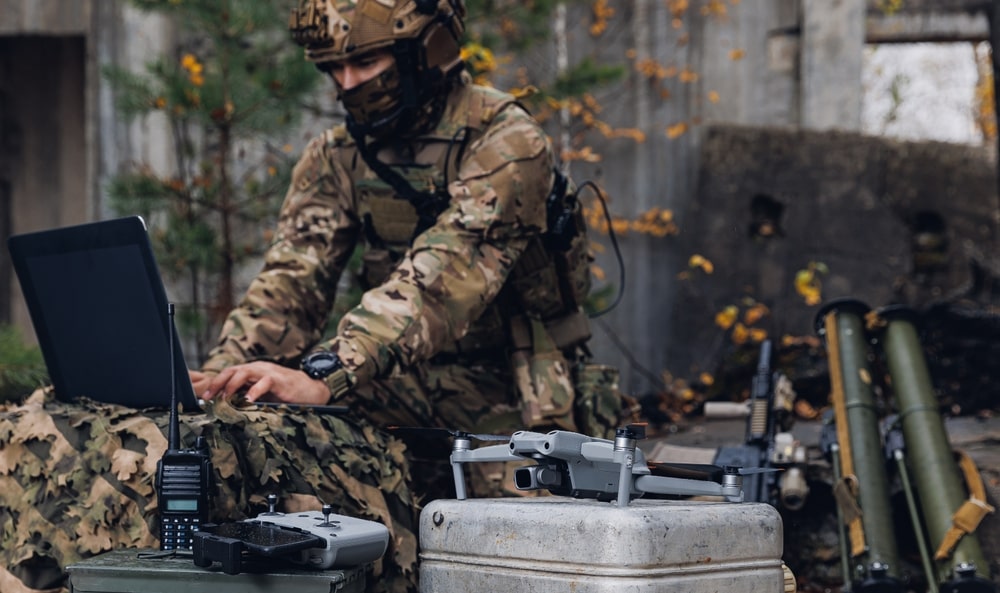
4 ways global defense forces already use AI
1. Military drones for surveillance: The popularity of military drones has skyrocketed in the last couple of years. Drone technology has come a long way since its birth and is now finding application in crewless aerial vehicles.
These remote-controlled vehicles carry out all assignments, from inspecting a terrain to flying an uncrewed aerial conveyance. Units all over the world are employing military drones to:
-Aid with mitigation procedures after a war by exploring for injured or lost soldiers and providing recovery insights for a terrain.
-Channel remote audio and video communication to ground troops and military bases.
-Track enemy activity and conduct surveillance in unknown areas of war zones.
2. Safe web portals for cybersecurity: With many military sites being digitized, securing the information stored on these web portals is vital.
Artificial intelligence comes to the rescue by offering cybersecurity possibilities to respond to phishing, malware, and brute-force attacks on government websites and data centers.
AI applications in defense can further be extended to designing sophisticated weapons, targeted missiles, and intensive fighter planes. These applications, which require careful research, have the potential to revolutionize the face of defense soon.
3. Robot soldiers for combat: While drones now have the potential to help guard aerial zones, military robots in combat can be deployed on land to aid soldiers in ground operations.
These high functionalities and intelligent robots, developed with strategic goals, add a cutting edge to technology in the defense sector.
With advances in robot building and machine learning, scientists have succeeded in creating bipedal humanoid robots to perform diverse search and rescue operations and help soldiers during combat.
Robot fleets act like soldier units and carry out united armed activities using multiple strategies. They’re adaptable, self-reliant, and have fault-tolerant systems, all donating to their ability to execute decisions competently and swiftly.
4. Intelligent systems for awareness: Even though military tactics are continuously being improved, there also needs to be an improvement in how information is analyzed in army bases.
The data collected by robots and drones while on the battlefield needs to be structured and grouped in an organized manner to make the information more insightful.
Terrain information, satellite imagery, and data from numerous sensors can be used to make situational awareness by applying statistical analysis, deep learning, and probabilistic algorithms to such data.
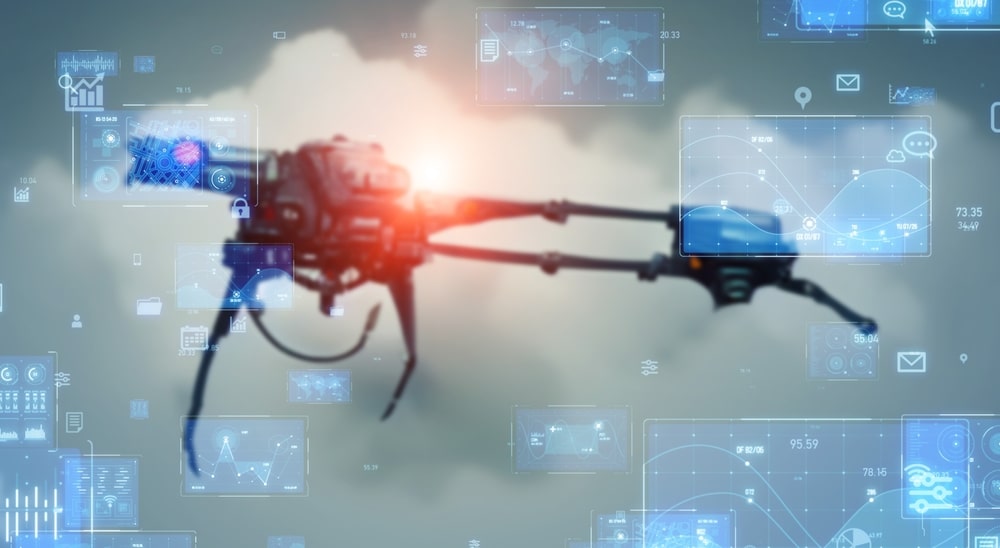
Final Thoughts
So, what’s your take on the matter? Is it ethical to use military robots in combat? Looking at the pros and cons, we can somewhat conclude that it sort of is.
They can help reduce or entirely eliminate human casualties while carrying out military operations with enhanced agility, precision, and efficiency. Yet, we’ll probably need to wait a bit before the technology reaches a level where we can fully depend on them for warfare.
We must establish that humans will have the ultimate control over robots, no matter how sophisticated, autonomous, and advanced they get. Furthermore, we’ll need to take significant measures to protect the technology from getting into the wrong hands.
Otherwise, it’ll spell destruction for all humankind. The controversy surrounding the use of military robots in combat is never-ending. But the truth is that it’s probably inevitable. And it won’t be long before what we believe is science fiction becomes a reality.
Need a refresher course on what we’re talking about? Rewatch The Terminator and tell us what you think!
What are YOUR thoughts regarding military robots in combat? Please feel free to share your thoughts with us in the comments below.
And if you liked this post, Science In The World has many more interesting articles for you. For instance, we recommend checking out: Time Travel Evidence: 5 Clues That Back to the Future Got It Right

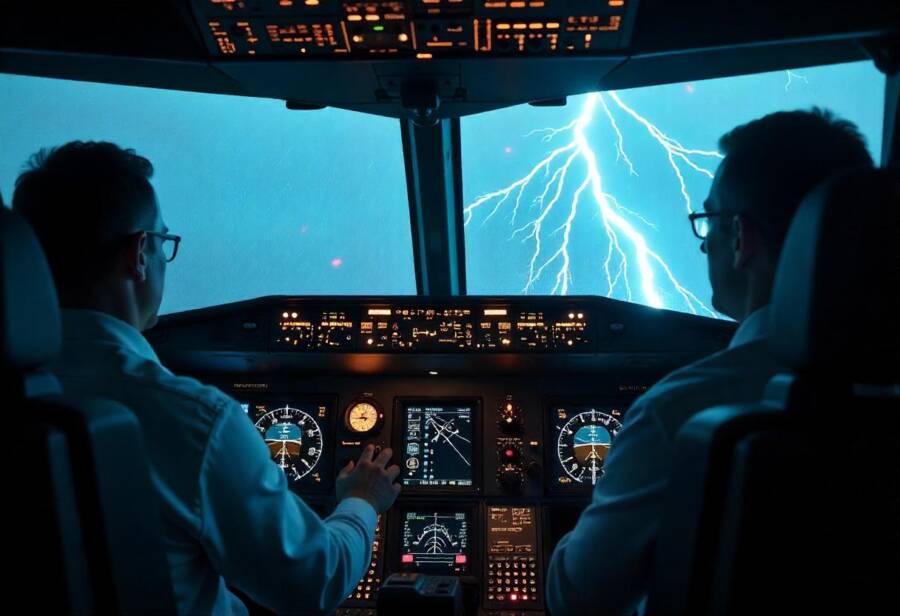
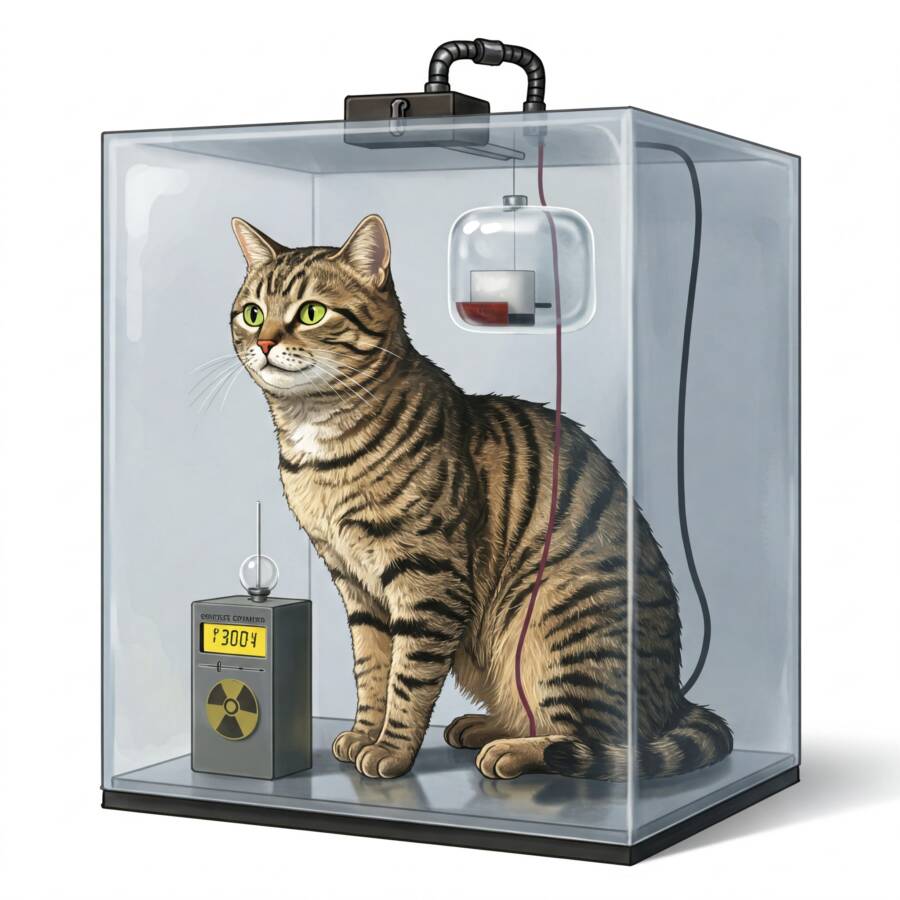









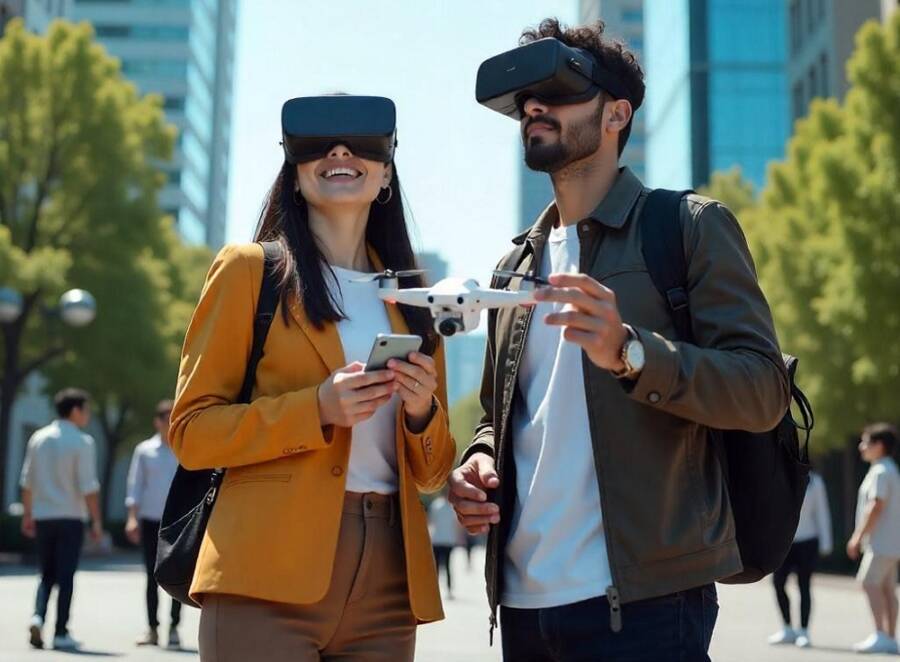


One Response
how about hacked robots ?